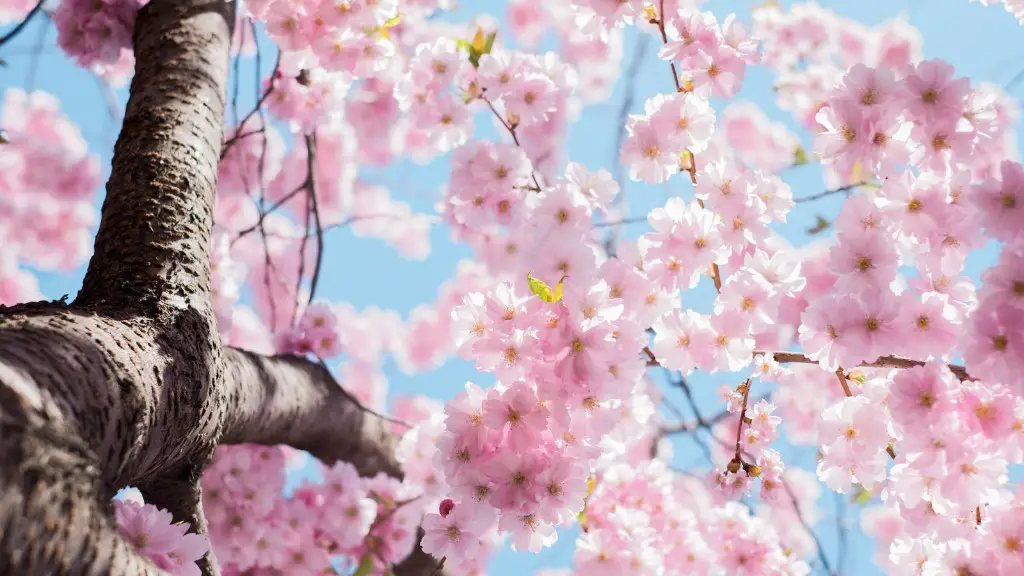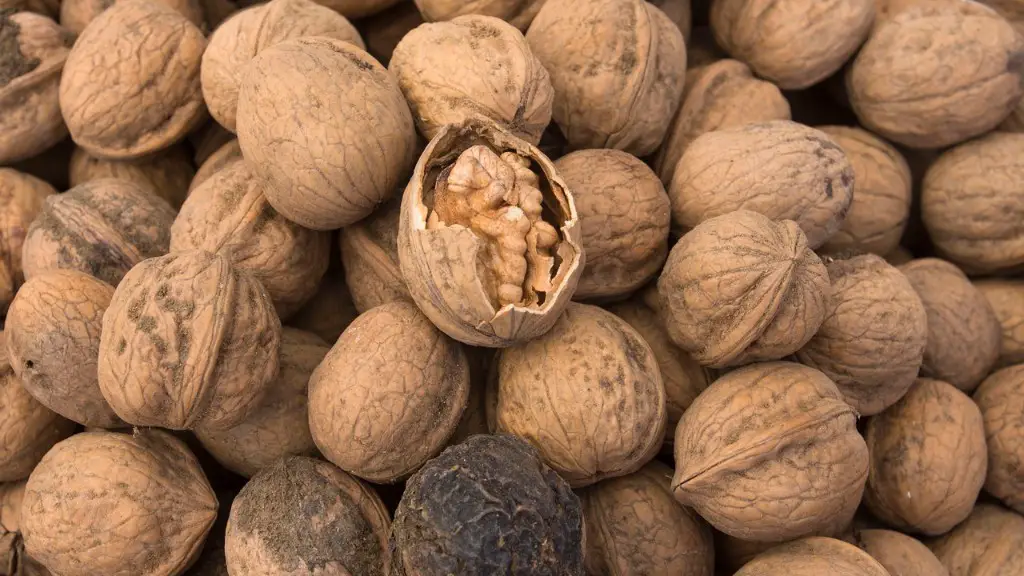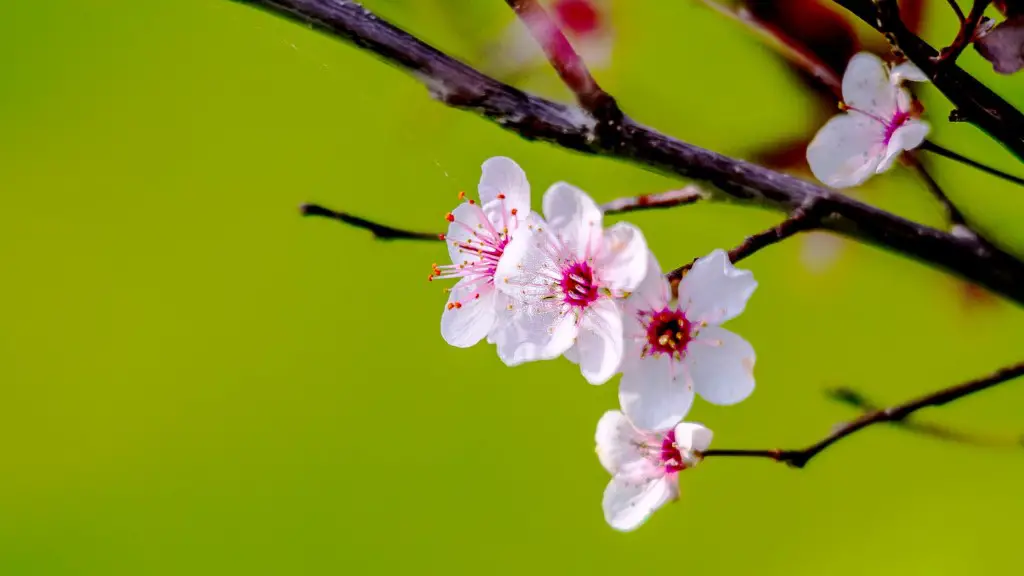Cherry trees are popular choices for adding a colorful and fragrant atmosphere to any garden. Their flowers bloom early in the spring, followed by a display of glossy, dark leaves that remain throughout the summer and fall. Although the cherry tree is generally considered to be low maintenance, pruning it is essential for ensuring its optimal health. If done correctly, pruning a flowering cherry tree will help it produce healthy foliage, flowers and fruit throughout the year.
Pruning can be a complicated process, so it’s important to understand the basics before getting started. The general rule of thumb for pruning flowering cherry trees is to prune them in the late winter months, during a period of dormancy. This ensures that any new growth is healthy, strong and will produce abundant fruits and flowers.
When pruning a flowering cherry tree, it’s important to remove any dead, diseased or broken branches first. This will help keep the tree free of disease and pests, and will ultimately result in a healthier, more productive plant. There are also a few other tips to keep in mind when pruning a cherry tree. In general, aim to prune back no more than one-third of the tree at one time. This will help prevent any unnecessary trauma to the tree, and will help keep it healthy throughout the year.
It is also important to understand the basics of pruning cuts when trimming a flowering cherry tree. Generally, there are two types of pruning cuts: the thinning cut and the heading cut. A thinning cut is used to remove branches that are dead or cross-over each other, while a heading cut is used to reduce the size of a branch or reshape the trees canopy.
When pruning a flowering cherry tree, one should also pay special attention to the tree’s overall shape and form. Aim to create a balanced, symmetrical tree with a nice, round canopy. This will help the tree flourish and promote healthy, abundant flowering and fruit production.
Finally, keep in mind that pruning a flowering cherry tree is an ongoing process. Prune the tree as needed throughout the growing season in order to maintain its shape and promote new growth. A little effort and patience will go a long way in keeping a cherry tree looking and feeling its best.
Selective Pruning
To ensure that the shape of the tree remains attractive, selective pruning is often required. This involves removing any branches that are growing in the wrong direction, or any that are crossing over each other. Selective pruning should be done during the dormant season, and for best results, make sure to only prune about one-third of the tree at any given time. Branches should also be removed in small increments, as this will help prevent any unnecessary trauma to the plant.
Fertilizing
Fertilizing is essential for ensuring a flowering cherry tree’s optimal health throughout the growing season. The best time to fertilize a cherry tree is in the springtime, just before new growth begins to emerge. Using a slow-release fertilizer will help ensure that the tree receives the right amount of nutrition throughout the growing season. Keep in mind that it’s important to follow the instructions on the fertilizer label to ensure that the tree receives the right amount of nutrients.
Watering
It is also important to ensure that a cherry tree receives enough water throughout the growing season. The rule of thumb is to water the tree at least once a week, making sure to avoid overwatering or underwatering as much as possible. If possible, try to water the base of the tree rather than the leaves or flowers. This will help keep the tree healthy, and will promote maximal growth and production.
Protecting from Pests and Diseases
Finally, taking preventive measures to protect a cherry tree from pests and diseases is essential for maintaining its health throughout the growing season. Inspect the tree regularly for any signs of pests or diseases, and take action immediately if anything is discovered. This could involve using a pesticide or fungicide, or simply removing the affected branches. Either way, it’s important to act quickly in order to keep the tree healthy in the long-term.


